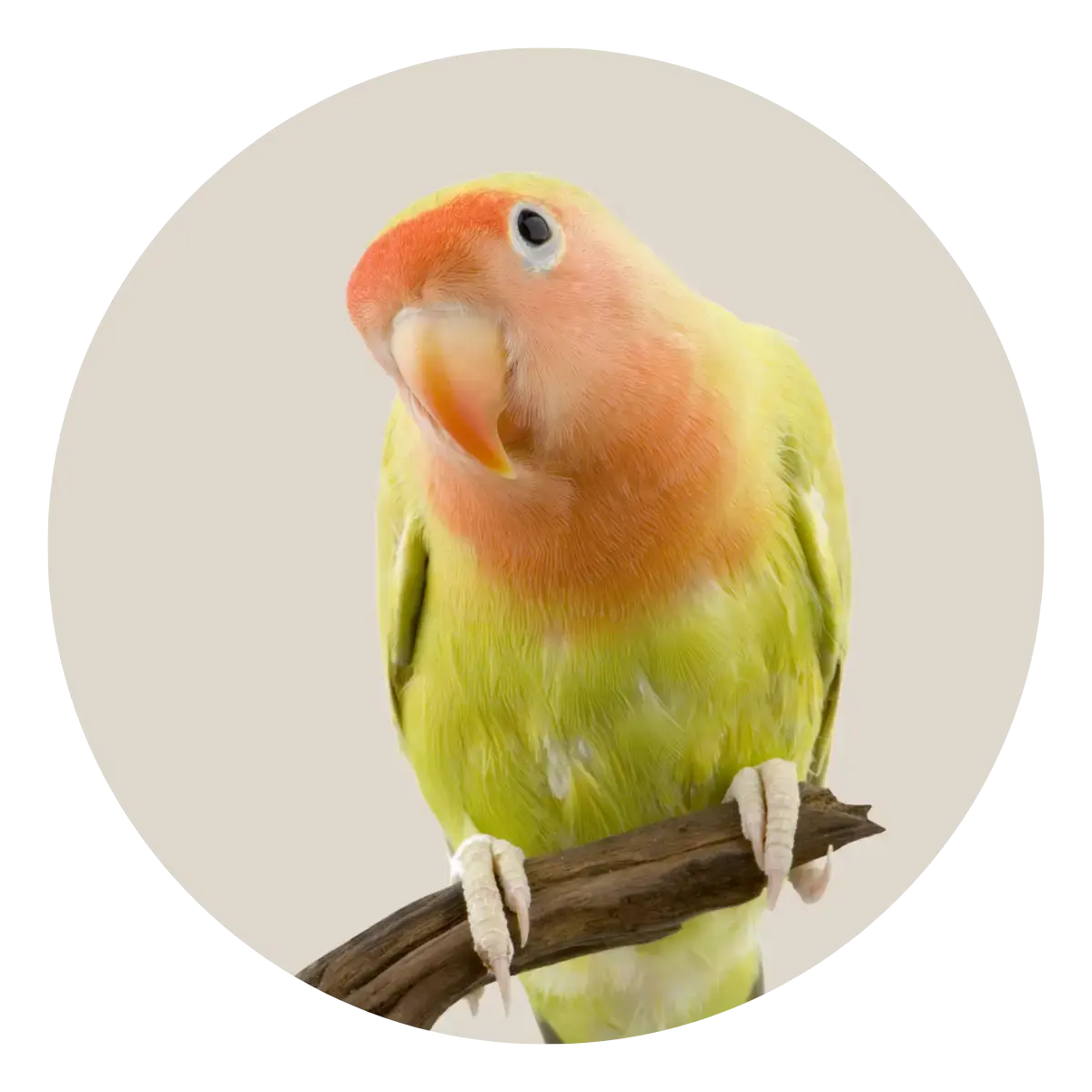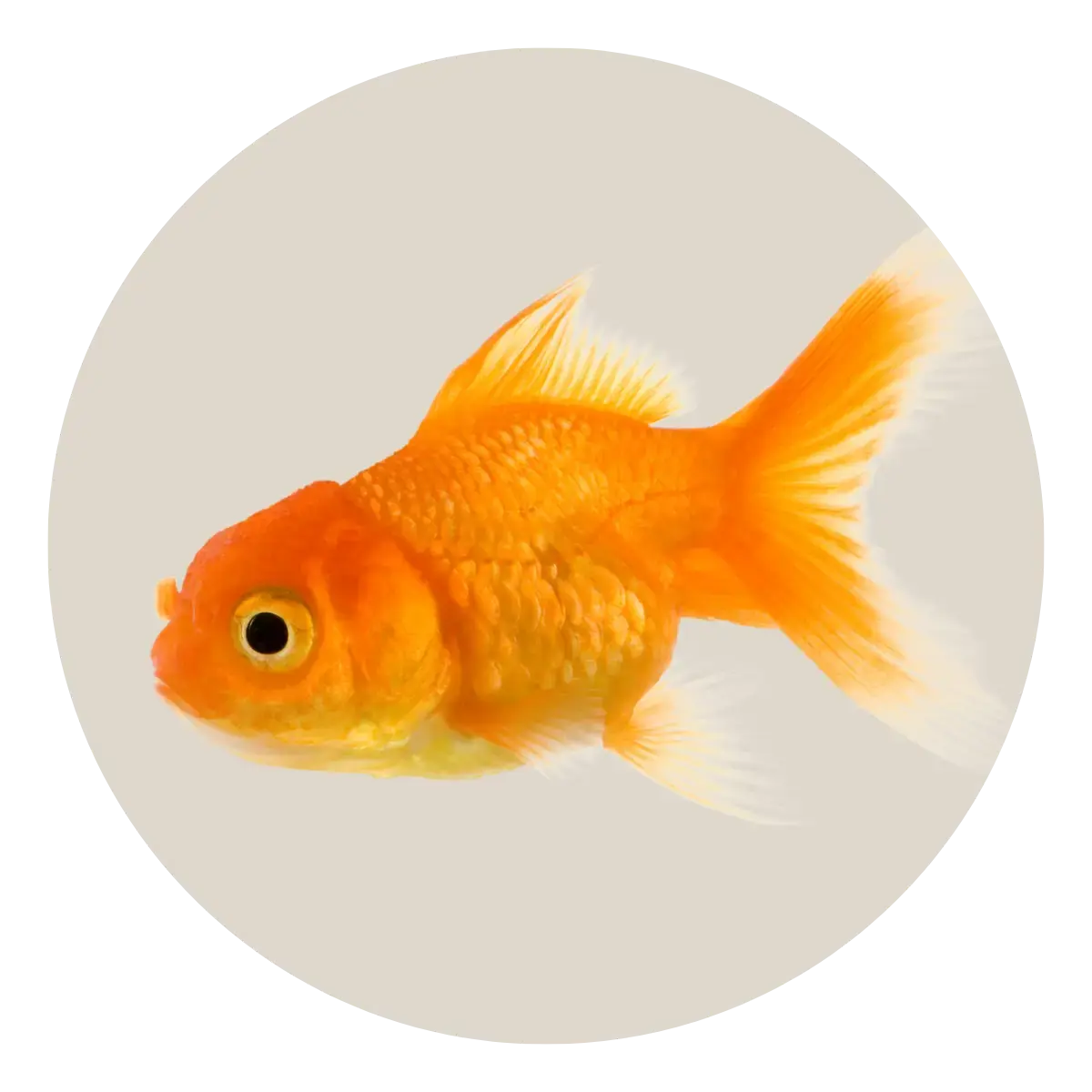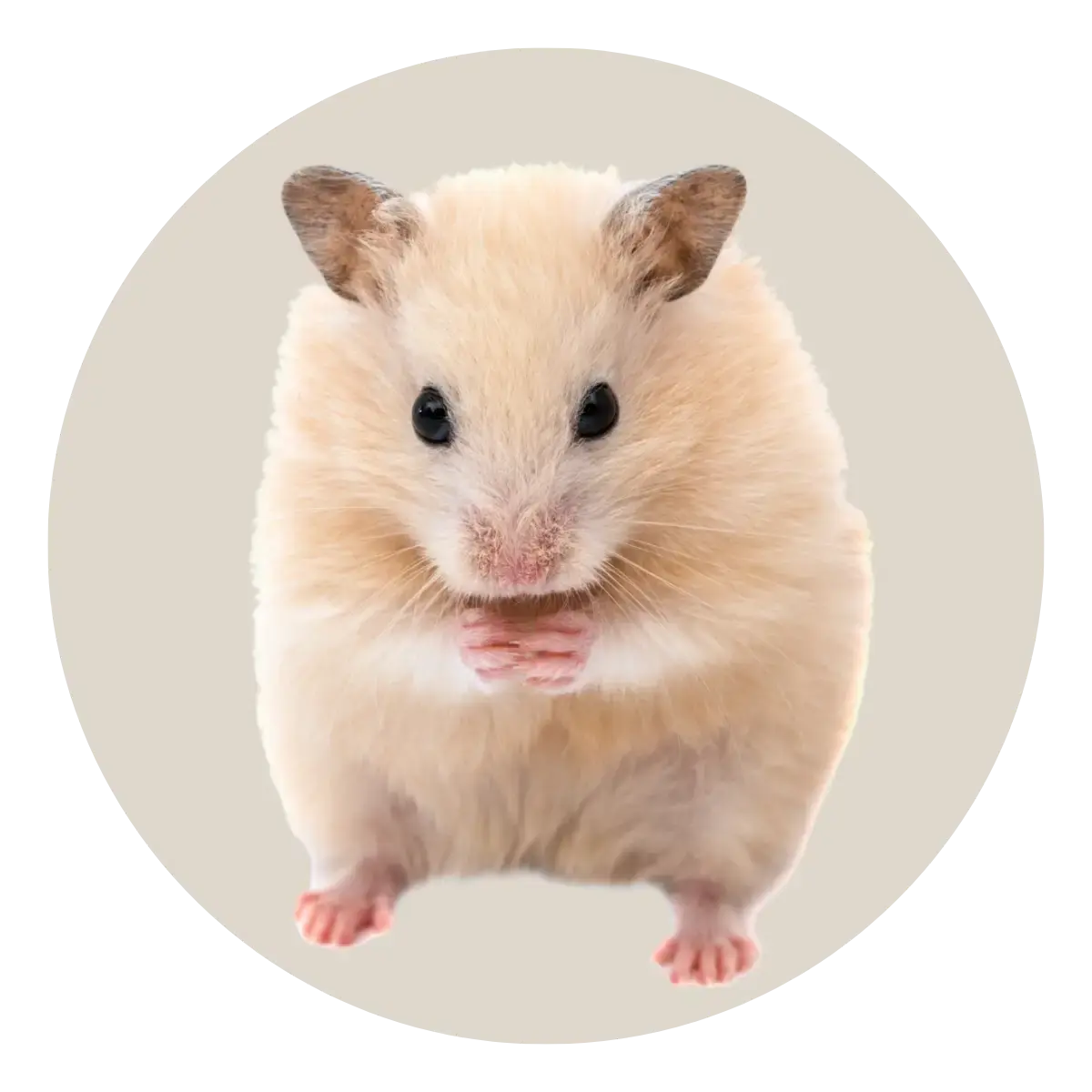Let’s face it, eating the same meal every day can get a little... boring. That goes for our pets too. Whether you’re feeding a curious cat or a foodie pup, variety in their bowl can do more than just keep things interesting - it can also support long-term health and well-being.
Mixing up their meals by offering different animal protein sources is a simple way to boost nutrition, reduce fussiness, and help prevent food sensitivities. It’s a small change that can make a big difference.
So, What Does Mealtime Variety Look Like?
It’s all about changing up the animal protein in your pet’s food - like choosing lamb one week and duck the next - while keeping the nutritional content consistent.
For example, if your dog or cat is doing well on a food with 70% meat content, you can safely switch to another protein, like fish or beef, as long as that meat percentage stays the same. This gives their body access to a broader range of amino acids and nutrients, all without upsetting their digestive system.
Why It’s Good for Them
Adding variety to your pet’s diet has real, everyday benefits:
Keeps them interested in their food
Even pets can get bored. A little change can make mealtimes more exciting.
Supports gut and immune health
Different proteins feed different beneficial bacteria in the gut, which can improve digestion and overall resilience.
Helps avoid long-term sensitivities
Feeding the same protein every day may increase the chance of developing intolerances. Swapping proteins occasionally can help prevent this.
Feels more natural
In nature, animals don’t eat the same thing every day. Variety mimics the diversity of a more instinctive diet.
How to Introduce Variety Safely
Changing your pet’s food doesn’t have to be complicated. Here’s how to keep things smooth:
-
Pick two to four protein options that your pet already tolerates well — like duck, chicken, lamb, or fish.
-
Stick to similar meat content across products to avoid digestive upsets.
-
Make changes gradually over 7 to 10 days by mixing the new food in slowly.
-
Watch for changes in energy, stool, and appetite to make sure the transition is working well.
Start Young for Smoother Transitions
If you’ve got a puppy or kitten at home, now’s the perfect time to introduce a little variety to their diet.
Young animals are naturally more adventurous with food - their taste preferences aren’t fully set yet, and their digestive systems are often more adaptable. By offering a rotation of quality animal protein sources early on, you help your pet build tolerance, curiosity, and a more flexible gut.
This can lead to fewer food refusals as they get older and make it easier to maintain a varied, balanced diet throughout their life.
The key is to choose recipes that maintain consistent meat content and nutritional quality, and to introduce changes slowly, over about a week. A little care now sets them up for a lifetime of better eating.
Quick Tips for Success
-
Change things up every few weeks or with each new bag of food.
-
Use single-protein treats or toppers to test new proteins in small amounts.
-
Keep ingredient profiles similar, especially if your pet is on a grain-free or sensitive formula.
Where to Start: For Dogs
These trusted ranges make it easy to switch up proteins while keeping meat content and nutrition consistent:
Orijen Dog – Original, Six Fish, Regional Red
Acana Singles Dog – Lamb & Apple, Duck & Pear, Pork & Squash
Taste of the Wild – High Prairie Canine, Pacific Stream Canine
Where to Start: For Cats
Looking to bring variety to your cat’s bowl? These cat-specific options offer quality proteins and consistent nutrition:
Orijen Cat – Original, Six Fish
Acana Cat – Bountiful Catch (fish), Homestead Harvest (poultry)
Acana Highest Protein Cat - Wild Prairie, Grasslands, Pacifica
Taste of the Wild Cat – Canyon River Feline, Rocky Mountain Feline








